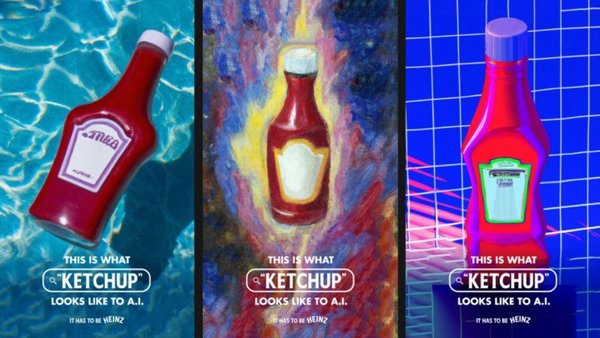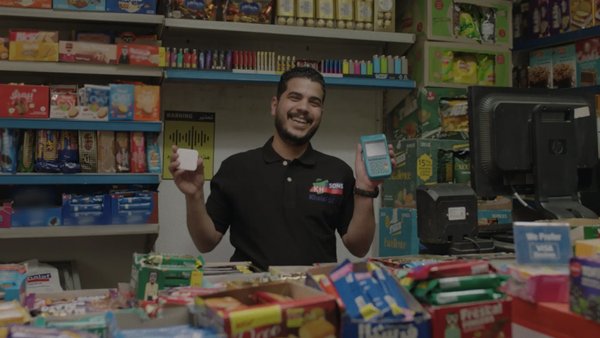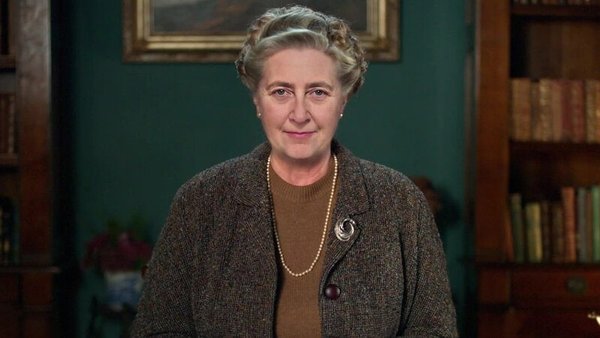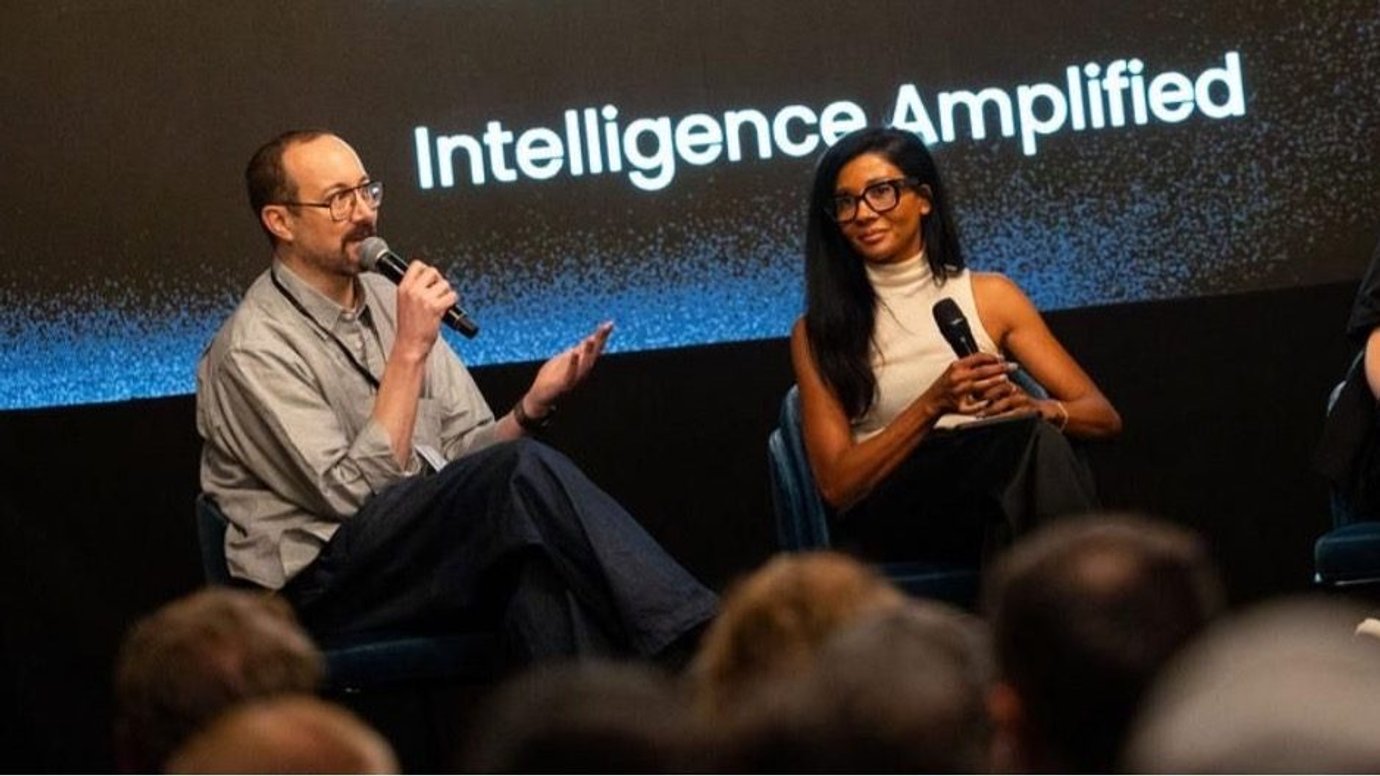
Uber didn’t invent getting a lift. Airbnb didn’t invent spare rooms. Amazon didn’t invent shopping. But each made something feel obvious that, until then, wasn’t. That’s the power of category creation.
It doesn’t start with invention. It starts with understanding where current options fall short to focus on the larger and meaningful problem to solve. But this kind of shift is rare. Most brands stay stuck competing on the same terms, in the same frame. Creating a new category takes strategic skill, creative clarity and timing. And while AI might seem like the enemy of originality, it could be the tool that helps brands break out, not blend in.
So says Angella Tapé, SVP group strategy director at Havas, who argues that AI’s research power helps strategists work across three key areas: putting people first, reading culture clearly, and staying aware of the economic landscape. Thinking this way doesn’t just improve your strategy, it makes it fit for purpose.
‘Too often, we reduce people to overly simplistic personas – assuming uniform needs, behaviours, or desires – without recognising the complexity and richness that actually drive decision-making,' says Tapé. She maintains that AI’s advanced research capabilities empowers strategists to be more precise, confident and culturally intelligent when assessing the true motivators and drivers of a brand’s audience.
In this interview with Contagious, Tapé – also guest lecturer at Pratt Institute for the AI Design Certificate course – explains how AI can support lasting innovation, how to avoid the common traps, and what it takes to actually use it well in strategy.
Interview note: Tapé’s insights reflect her personal perspective as a global strategic leader and lecturer in AI foresight in design, not the official stance of Havas.
Angella Tapé, Global strategy and AI foresight leader
Tell us about your background and your role as a global strategy executive and AI foresight lecturer.
With over 15 years of global strategic leadership experience, I’ve worked across New York, London, Berlin, Tokyo, and Beijing – some of the most competitive and culturally nuanced markets. My experience spans across health, wellness and consumer categories, and I’ve worked on solutions and brands of all sizes, global and regional, and most verticals, navigating evolving market dynamics, data and tech business remodelling and cultural shifts.
At Havas, I lead with the belief that driving future strategic vision is about making a meaningful difference. I act as a thought leader in shaping branding philosophies, go-to-market strategies, and the evolving culture of health.
As guest lecturer at Pratt Institute I teach ‘Strategic Foresight Powered by AI’ to push the next generation of design leaders to think beyond trends and frameworks, helping them develop the skills to navigate a Human-AI relationship with curiosity, creativity, and rigour.
My current focus with clients and industry leaders is: how do we rethink category growth? How do we lead with innovation? And how do we break through the noise?
What role does AI play in strategic foresight? Why do you believe that AI leads and strategy follows?
The potential is immense – especially in consulting, advertising and communication, where insight, speed and creativity intersect. AI can feel threatening to many because it accelerates and learns, potentially disrupting crafts people have spent decades mastering. But disruption is not the enemy – disempowerment is.
AI can either be your greatest competitive advantage or your biggest missed opportunity. It’s not about what the technology enables – it’s about how we choose to apply it. If AI is transforming forecasting, planning and operating models across industries, then its true value lies not in producing solutions that simply work – but in shaping solutions that endure. I use AI as a lever for sustainable innovation, always grounded in human behaviour, not tech for tech’s sake.
This is something I emphasise constantly: strategy leads, AI follows. The role of the strategist today is to steer, to bring intention to the tools we use. AI is powerful, but it is just that – a tool. We are the agents of vision. We are the ones who set the course.
In terms of sustainable innovation, how can AI help create work that is made to last?
If you look at the body of industry research today, one thing is clear: launching new products is harder than ever. Over 75% of product launches fail, and that’s largely due to a fundamental gap in understanding the customers they are designed to serve. Too often, we reduce people to overly simplistic personas – assuming uniform needs, behaviours, or desires – without recognising the complexity and richness that actually drive decision-making. As a result, strategies become broad, generic and disconnected from reality.
For today’s strategic thinkers fully leaning into AI, the task isn’t just to move faster, it’s to ask better questions. The ones that lead to meaningful, innovative and sustainable solutions. That means understanding what people truly need, where paradigm shifts are happening, and most importantly where future sources of business will emerge.
While AI cannot foresee the future, it can help us learn from the past and see the present more clearly. Its advanced research capabilities allow us to accelerate the depth, breadth and speed of strategic research. AI can parse vast and disparate datasets – from longitudinal brand performance and sales data to real-time social sentiment, etc – and synthesise it into coherent insight maps. Through model training, AI can generate highly relevant analogs, draw parallels across industries, and surface early stage cultural signals that help define white space before it becomes mainstream.
In doing so, AI becomes catalyst for strategic foresight. It empowers strategists to work with greater precision, cultural intelligence and confidence – see connections across categories, anticipate emerging expectations and, ultimately, build smarter solutions that last.
Angella Tapé, Global strategy and AI foresight leader
So how can AI help strategists to truly understand consumers in ways they couldn’t before?
Now that we have the most powerful tool, able to process vast amounts of data and stories around the world, we need to decipher intelligence from [a large] volume of information to humanise the insights – re-connecting to people’s values, needs and wants which are ever more sophisticated.
Specifically, I use AI to surface contextual-truths – subtle but powerful cues in behaviour and language – and build strategies and offering with that richer understanding. For example, AI can process millions of data points – social, behavioural, biometric, linguistic – to detect emerging patterns that mirror human needs and emotions (fatigue, trust, aspiration, etc). These aren’t just data; they are signals as the starting points for empathy.
Modern NLP [natural language processing] models like GPT can extract tone, sentiment and nuance from unstructured language – reviews, call transcripts, even facial expressions in video to uncover not just what people are saying, but how they feel.
AI can cluster audiences beyond demographics, but by behaviour, mindset, or even cultural archetypes, creating more human-centred personas.
For strategic thinkers, it’s essential to navigate three core dimensions: anchoring in human-first, understanding cultural context, and grounding in economic dynamics. When you work within this paradigm, your strategic offering doesn’t just evolve, it becomes right.
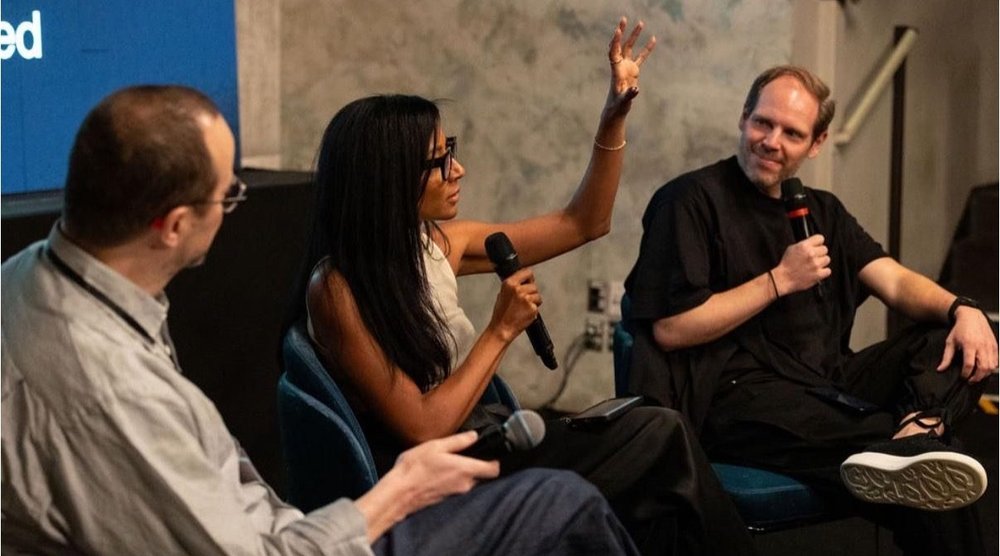
Does AI help us to overcome any biases in human behaviour that traditionally have held strategists back?
In part, but only if we approach it with intention. One of the biggest limitations for strategic thinkers has always been cognitive overload: we’re surrounded by more data than we can meaningfully process. AI helps by rapidly absorbing and structuring vast inputs, allowing strategists to slow down, zoom out, and focus on the signals that matter – shifts in behaviour, market cycles, or cultural dynamics.
But AI itself is no blank slate. It’s built by humans and fed by human stories – stories that are already riddled with biases. So while it may accelerate insight, it can also reinforce blind spots if we’re not careful.
The real work of strategy, as it [has] always been, is questioning assumptions, rebalancing what’s represented, and reframing the problem. AI doesn’t eliminate bias. It amplifies whatever lens we bring to it. That’s why our role isn’t diminished, it’s more critical than ever.
How has AI impacted the timelines of strategic planning?
What used to be five-year visions are now compressed into three, sometimes less. Markets shift too quickly. We live in a hyper-consumerist culture where buying power and behavioural shifts drive constant recalibration.
AI reinforces this speed: it enables faster business decisions, quicker insight processing and shorter creative cycles. But it also invites short-sightedness. AI accelerates everything: decision-making, insight generation, even creative execution. For small businesses, that’s a growth enabler. For larger industries, it’s a structural reset. But that speed can come at the cost of depth. The result is a tension between short-term acceleration and long-term value.
Our responsibility now is to rethink how we plan, create and collaborate – to make speed work in service of sustainability, not just scale.
For any strategists who aren’t currently using AI for strategic foresight, how would you advise them to get started?
In my years leading global strategy and teaching at Pratt Institute’s AI Design Certificate programme and conversations with industry thought leaders, the same principle comes up again and again: start with the problem.
The nature of the problem you’re trying to solve will define the value that you bring to a market. Start with the problem. Define what truly matters; AI is only valuable when directed at meaningful, scalable challenges.
Next, understand the category through an outside-in lens. Use AI to analyse competitive signals, macro shifts and historic dynamics at scale. Then, dive into audience: use AI to decode behaviours, surface unmet needs and test product relevance across segments. At every stage, AI acts as a real-time intelligence engine – but it’s the strategist who frames the right questions, filters the noise and translates insights into action. It’s our critical thinking, interpretation, and intent that gives that engine its thinking method.
Angella Tapé, Global strategy and AI foresight leader
How useful is AI when assessing the potential viability and market readiness of a new idea or category?
I think it’s essential. What AI offers is speed and scale in helping you understand the current state of play – what’s happening in the market, how categories are performing, and what behaviours are driving growth or stagnation.
I always start with one question: how can I create meaningful difference – not noise, but something that lasts? To do that, I begin with an outside-in mindset – from category and beyond, using AI to explore data sets that allow me to think like a category creator, not a conformist. I look at what’s been done and, more importantly, what hasn’t. Where are the gaps in the market? What’s overhyped, and what’s being overlooked? I scan signals from across industries – investor behaviour, cultural momentum, emerging technologies and unconventional partnerships. Brands like Savage X Fenty or BTS are great analogs – because their innovation is deeply grounded in subcultures, fan truth, and relationship-first thinking powered by revolutionising business model. They’re not reacting, they’re creating.
From there, I move to human truth. I use AI to help uncover deeper, enduring insights, the kind that live in behaviours, in social moments and in the emotional aftermath of things we collectively experience. These truths might surface in movements like diversity and inclusion – or in the cultural backlash when those values are stripped away. They trigger shifts in identity, belonging, rejection, or solidarity. That’s what I’m looking for: the deeper emotional undercurrent that signals change.
Once I understand the category, and the people who live within or around it, I come back to the brand. What does it stand for? Why should people care? That’s always the most critical question. The second you flip the lens, from what excites you to what matters to them, you unlock clarity. You become more relevant, more original, more aligned. AI helps me scan for patterns, but it’s up to me to find the signals and build the story that makes them matter.
Do you have any examples of how AI is helping brands identify and develop entirely new categories?
AI is enabling brands to move from insight to innovation at a completely different scale, unlocking entirely new categories by connecting customer behaviour, operational intelligence and brand storytelling in real time. One brand I’m particularly fascinated by is Delta Airlines. A few years ago, it was a brand facing real challenges, now it’s a travel partner of choice. Delta has embedded AI deeply into both its business model and its customer experience platform. From the app to in-flight service to customer care, AI delivers personalised, context-aware responses with a level of immediacy and relevance that feels truly human. Because customers continually feed data into the system – whether through choices, interactions, or preferences – they get even more value back: curated content, smarter rebooking options, meal personalisation, and more. That’s not just optimisation, it’s category expansion through intelligence.
Another example is Lego, a brand that’s long stood for original creation. What makes Lego exceptional is that they’ve chosen not to chase AI hype blindly, but instead anchor innovation in their core values. They ask where AI belongs and where it doesn’t. That’s leadership.
Their partnership with Imagineear is a brilliant use of AI for creative empowerment. A child can take a photo of the Taj Mahal on vacation, and the system scans Lego sets they already own, recommends what’s missing, and enables them to build it themselves. It’s culturally expansive, sustainably minded, and deeply imaginative. Both Delta and Lego show how AI can be used not just to drive performance but to shape entirely new, brand-led categories of value grounded in empathy, relevance, and creative foresight.
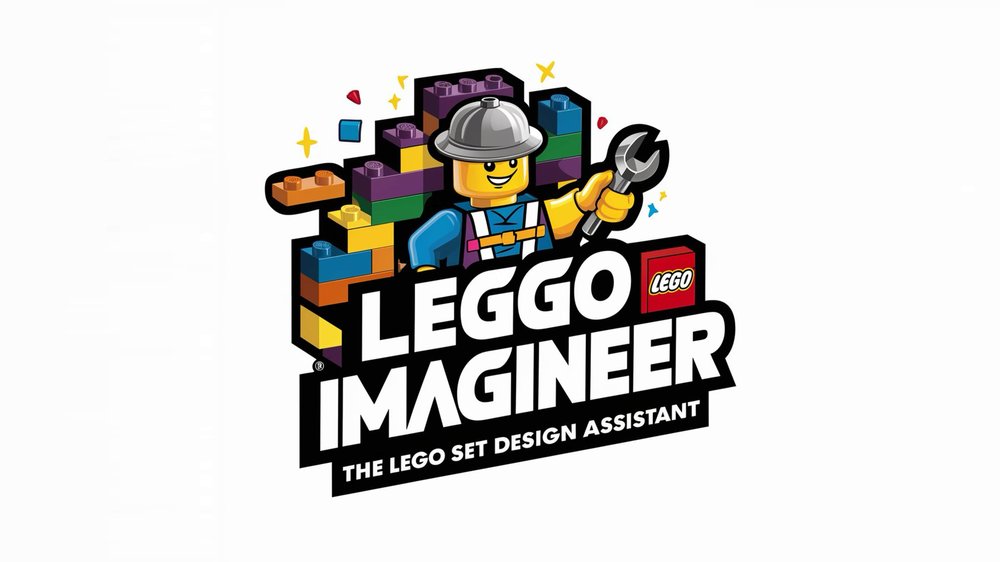
In terms of category creation, are there any examples of industries where you envision AI playing a significant role?
Health and wellness is a space where AI can unlock entirely new categories of value—particularly when it comes to understanding the full human experience of health for all stakeholders involved, not just what happens inside the system, but before people become patients and far beyond it.
One of the most exciting opportunities lies in expanding our perspective: capturing the journey not only once someone enters care, but also what precedes it – moments of decline, early signals, invisible barriers – and what follows it – recovery, healing and reintegration into everyday life.
Right now, much of the data we have focuses on the clinical moment itself. But if we want to build a more meaningful, continuous relationship between people and the health brands or services supporting them, that relationship must extend beyond the appointment, the pharmacy, or the discharge summary. This is where AI becomes a powerful partner. It can help us model experiences we’ve traditionally struggled to capture by analysing behavioural patterns, sub-cultural context, identifying gaps in access or adherence, and contextualising the human journey around care.
Imagine using AI to better understand what happens in the everyday rhythms of a person’s life: Are they sleeping? Are they able to prepare meals? What is their approach to recovery or healing? These insights allow us to redesign services around real-life recovery, not just episodic treatment. It opens the door to entirely new models of support, personalised engagement, and brand relationships built on continuity, partnership or even trust. That’s the kind of innovation AI can power, not just faster solutions, but deeper, more human ones.
